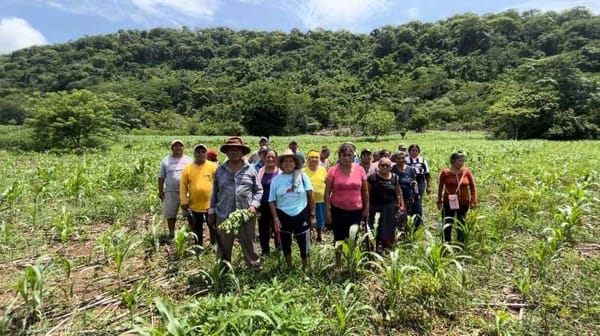Higinio Peláez, Mexican composer, musician, and cultural promoter
Higinio Peláez Ramos, musician, composer, faithful lover and disseminator of the music of the Costa Chica, a devotion he shared with the coastal region in Mexico.

Maestro Higinio was born in January 11, 1932 in San Pedro Cacahuatepec, Oaxaca. He narrated in El Faro, his beginnings in music: "Since I was four years old (in Cacahuatepec), when Vidal came, invited by Don Jesús Zaragoza, to build the first hotel that was known in this town; my father invited him to stay in our house, where on Sundays he would play and sing in the company of the locals, and visitors who also knew how to do it; among the visitors, you could see clarinets, cornets, sopranos, violins, drums, and four-fifth basses. In this way, I consider that my awakening is done and among the music that attracts me most is the Chilean. For all this, I have the soul impregnated of the rumbling of the creative instruments of this genre: bass quinto and acoustic guitar sexta. Because as a penche (orphan from a very young age), I had to accompany my father on his tour of the Costa Chica repairing firearms; it is that, without intending to, I met many bass players (mostly black), who on Sundays joined him, to give the cantada, where the repertoire was composed of romantic music of the time, corridos in a minor key, palomos and, our always sizzling Chilean".
In a published interview, when explaining the genesis of the group Los Multisónicos, which he formed with Juan Morales, he added: "When I was ten years old, wanting to be part of the little band of Huajintepec, I was always meddling with them, so that they would let me try the instruments. Higinio Morales, distinguished trumpet player of the group, father of Juan Morales, guessing my desires, told me: "Hey namesake, you are going to be a musician; take my trumpet so you can practice it at home.
Taking advantage of the offer, at an aunt's house (because they wouldn't let me at mine), I empirically learned part of the band's repertoire and began to play with them. That act of my namesake, created in me an indescribable feeling of gratitude and admiration; and being in my hands to be able to prolong his surname in my group, and to flatter in part the vanity of the artist, although not with very good eyes of the other elements, the group began to sound like Los Multisónicos de Juan Morales." Later, after the separation of some members of the group, among them, Juan Morales, author of the famous Poquilín, the musical group took the name of Los Multisónicos de Higinio Peláez.
From 1962 to 1965, he lived in Acapulco; since then, far from his hometowns, Cacahuatepec and Pinotepa Nacional, the couple formed by don Higinio and doña Fide, experienced the need to take the music of the Costa Chica, mainly La Chilena, to the recording, because he said: "There was no material about it and in their parties, they could not enjoy them as much as they wanted to. In those days, he explained, he recorded his first song and also Las Costeñitas was born, formed by his young daughters, who at their young age were already dabbling in the artistic medium, on radio and television, which is why they moved to Mexico. But without giving up the idea of recording the music of the region with musicians from Huajintepec, they formed the group Los Multisónicos de Juan Morales. In 1975 this first recording was released, made with their resources (since there was no interest from commercial record companies), under the name of Fandango costeño or Memoria musical de la Costa Chica, with 11 volumes known as LPs. For this reason, he said, they were the pioneers in bringing the music of the region to recording, affirming that before that there was no similar material.
He also formed the Grupo Danzonera, a family Sax and strings ensemble, and a Band, where the voices were always that of Los Andariegos: Fidela Vera-Higinio Peláez. Considered by many as a good player of the bajo quinto, he distinguished himself by defending "purism" in the strumming of the chilena. He composed some pieces of this genre in which "Azoyú", "Bonito Huajintepec" "El costeño" and "Cuijla" stand out; some corridos such as "Cataclismo en Pinotepa"; several danzones such as "Tláhuac", "Dzahui", "Salón Riviera" and "Fide." He also composed boleros, waltzes, and cumbias. Maestro Higinio and Doña Vera taught workshops on the different musical genres of the region and performed on various stages.
Higinio Peláez Ramos, musician, composer, faithful lover, and disseminator of the music of the Costa Chica, a devotion he shared with his wife Fidela Vera, together, they passed this taste to their children, most of them also dedicated to music and also to several generations inside and outside the coastal region; he died in Mexico City, on November 2, 2011, around 5:00 a.m., as a result of cardiac syncope.
Images and text: Guerrero Cultural




